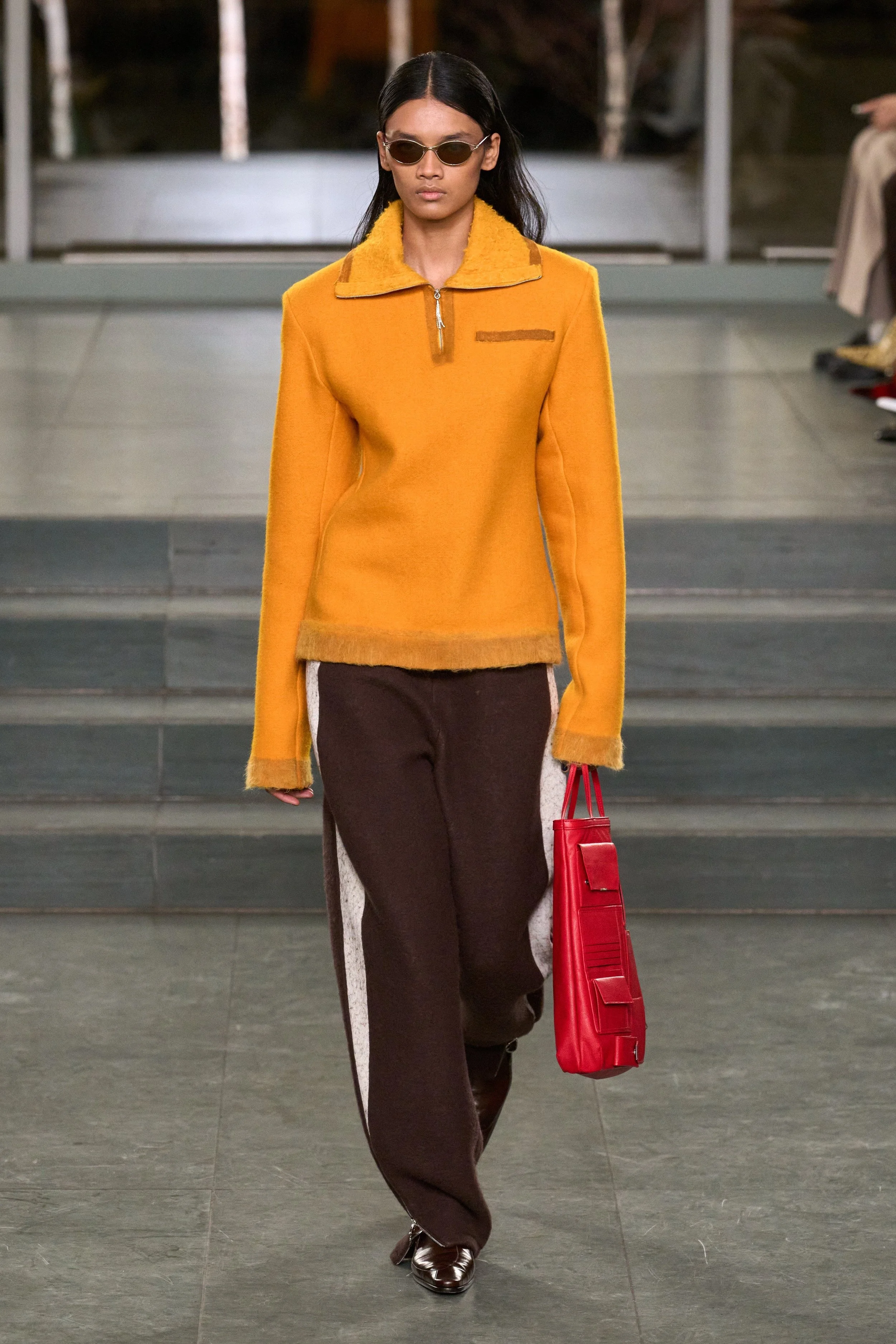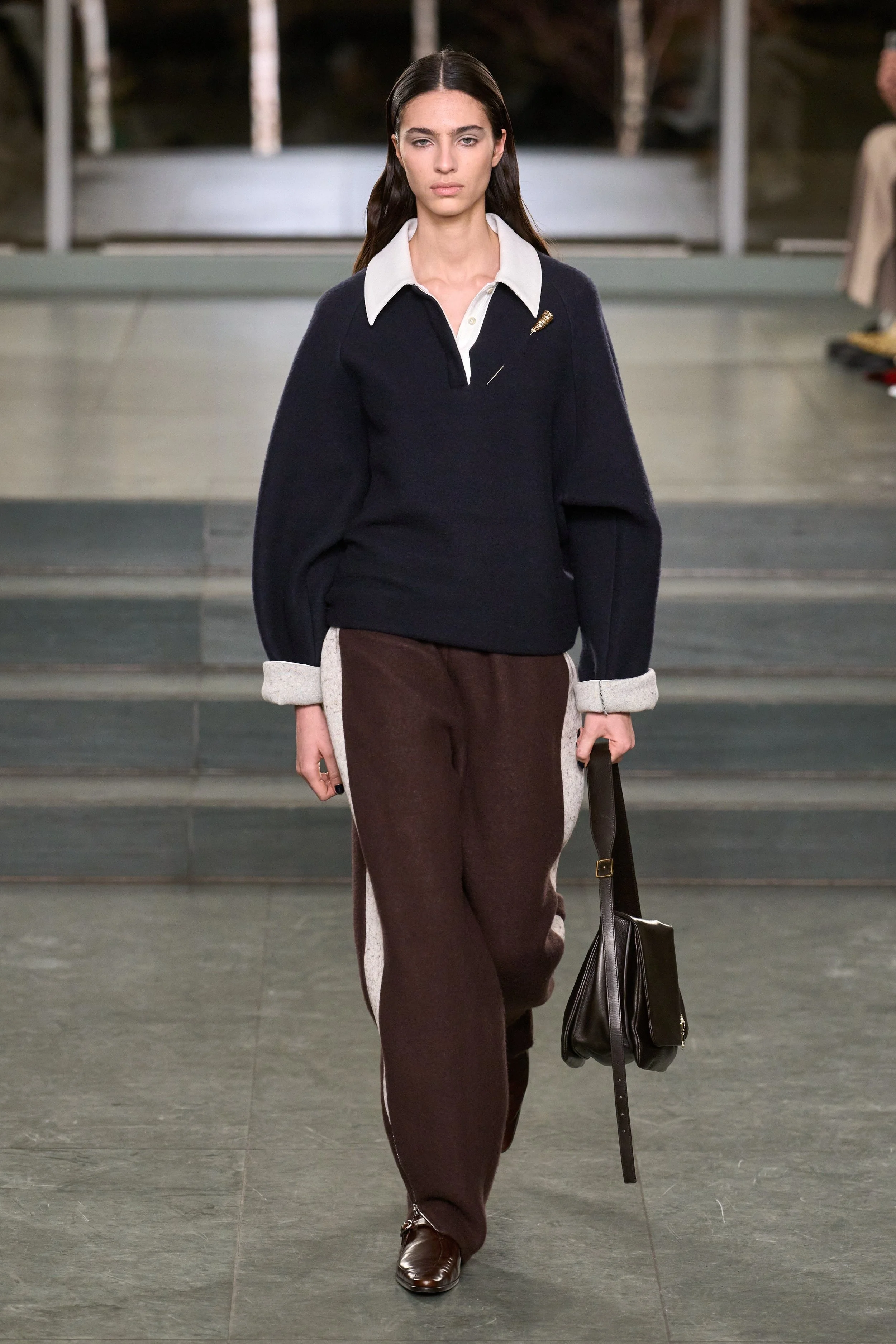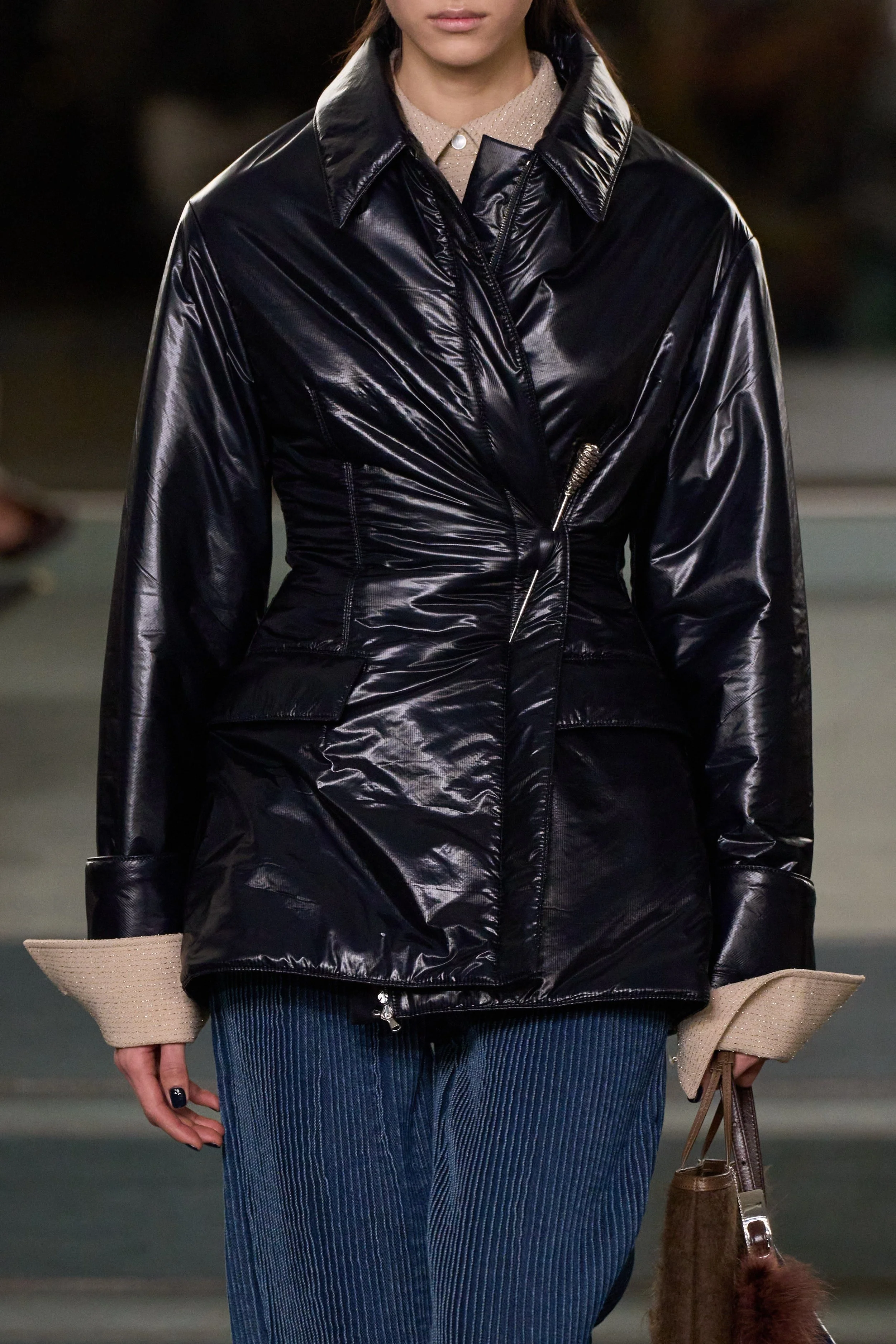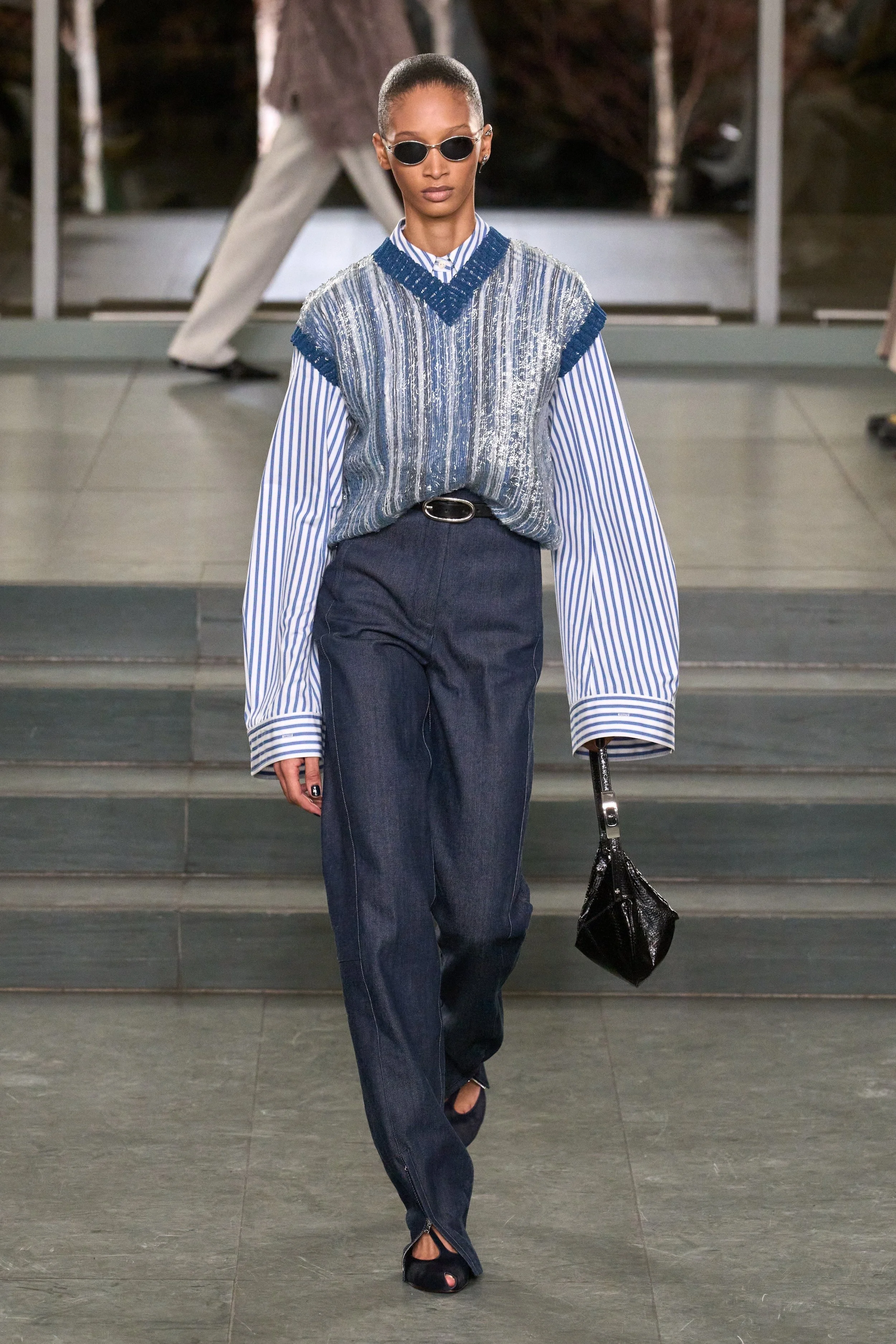How Tariffs Are Changing Fashion in 2025 - one month on…
Fashion has long felt like a world rooted in creativity and self-expression — an escape from politics. But that separation is shrinking fast. With Donald Trump’s trade tariffs now in effect, the industry braces itself for the full impact.
What Trump’s New Tariffs Mean for Fashion — and Your Wardrobe
What is immediately visible?
Importing U.S. designers is now more expensive for global consumers, while retaliatory tariffs drive up the cost for Americans buying international fashion. The timing feels ironic. Just a couple of months ago at NYFW, brands like Michael Kors and Tory Burch highlighted the global reach of American style — from jeans and tracksuits to sneakers — showcasing how seamlessly U.S. staples have integrated into wardrobes worldwide. Now, that free-flowing exchange of influence is facing real financial barriers. This will operate both ways as U.S. shoppers begin to feel the pinch on European and Asian imports. .
New US tariffs on Chinese imports, currently sitting at 124.1% according to the Peterson Institute for International Economics (PIIE), and increasing for key industries, have forced brands that once depended on China to reassess their entire production strategies. Some had already shifted operations to countries like Vietnam or Cambodia, but even these alternatives are now under pressure. As a result, there’s a growing trend toward ‘nearshoring’—bringing manufacturing closer to the states. If you’re a US consumer, expect to see more ‘Made in the USA,’ particularly in areas like denim, basics, and cotton. However, shorter supply chains come with higher costs and decreased efficiency, which can slow down everything from innovation to distribution.
Looks from Fall Ready-To-Wear 2025, featuring pieces inspired by American Sportswear Photos: Uberto Fratini/ Gorunway.com, Feb 2025.
Sustainability on the back-burner?
Beyond tariffs, there’s a growing divide between the U.S. and Europe when it comes to climate and sustainability.
While the EU pushes forward with sustainability-focused legislation like the Green Deal and digital product passports, Trump’s administration is rolling back climate incentives and green regulations. This means U.S. brands may no longer meet EU standards, cutting off access to one of fashion’s biggest global markets unless they operate dual supply chains — one for Europe and the Global, one for the US
That said, “nearshoring” could have some positive climate outcomes. It could lead to a reduction in carbon emissions associated with production pathways. From a non-climate perspective, could this process lead to less exploitative practices within textiles and garment industries?
The big outcomes:
New Bond Street, London; Photo: Keya G, March 28
Luxury European brands, such as Dior, Loewe, and Prada, are likely to be unaffected by the current disruptions — and in some cases, they have even emerged stronger. Their market position feels increasingly secure as they continue to cater to high-end consumers, in stark contrast to the mounting uncertainty faced by mid-tier U.S. brands.
Fast fashion, on the other hand, finds itself caught in the middle of the upheaval. These brands are squeezed by rising production costs, tightening regulations, and the need to adjust rapidly to new supply chain dynamics.
Independent and small designers are bearing the brunt of the challenges. Lacking the vast logistics budgets or political influence of their larger counterparts, they are hit hardest by supply chain volatility, unpredictable costs, and limited flexibility.
Meanwhile, factories in countries like Mexico, India, Vietnam, and Bangladesh are experiencing a surge in demand. Brands are scrambling to establish new, more stable hubs for production as they move away from traditional manufacturing hotspots.
And for shoppers like us, the consequences are tangible: higher prices, fewer choices, and slower turnover of fashion trends, leaving us with less variety and longer waits for the latest fashion to hit the shelves.
Having said all this, products from China could be sold at significantly lower rates due to “dumping “ from surplus goods. This could mean cheaper fashion for non-American consumers in the short term.
What else can we expect? A boom in resale. With retail prices rising and global brands harder to access, more people are turning to vintage and secondhand fashion — not just for sustainability, but for affordability. Brands like Diesel and Levi’s are riding the wave, especially in the resale space. But as demand grows, so do prices. Whether this turns resale into a new luxury market or keeps it democratic and accessible remains to be seen.
Fashion moving into the Post-Global?
I don’t think this means the end of global fashion, instead we are entering a new phase. Instead of a global trend cycle, we’re going to see regional supply chains, localized fashion markets, and a slower, more fragmented industry
The appointment of Veronica Leoni as creative director at Calvin Klein reminded us that international talent still fuels American design. But moments like these feel rarer now, in an era where fashion is being filtered through trade deals and politics.
These are just speculations and the exact reality of the tariffs are yet to be realised. Regardless this a period of uncertainty and tumultuous within fashion. Few things are important in order to keep the community healthy. Support small and upcoming designers where possible. Invest in quality and try to remain as sustainable as possible. Just be conscious consumer.





